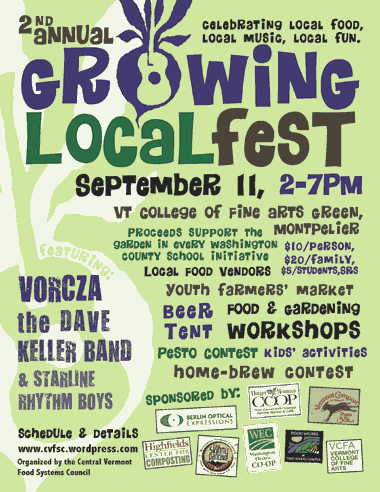
I brake for Jerusalem artichokes (and you should, too).
I don’t recommend car window botanizing for drivers, but it’s a fine sport for passengers, and can yield treasure. That’s what I was up to in the early 1980s when one day, on RT 5 as we passed a local burger and fries place, I spotted a small patch of Jerusalem artichokes just off the edge of the big gravel parking lot. I later returned under cover of darkness with folding shovel and bucket to pilfer a few for planting.
I now have a big fine patch of them, which is a good thing because the burger joint parking lot became a used car dealership, totally paved over, and there’s nary a sunchoke to be seen on the banks of the Passumpsic River. RT 5 between St. Johnsbury and St. Johnsbury Center has been heavily strip developed.

So, how did they get to the banks of the Passumpsic River? Jerusalem artichokes, helianthus tuberosus, are closely related to the common sunflower, and were originally domesticated by Native Americans in the Midwest of the USA, where they grow “wild”. The thing is, here in our short growing season, they barely have a chance to flower before hard frosts, so they never set seed. Thus, my conclusion is, any plants found in our area were originally planted from tubers by humans, especially as far up in the watershed as we are.
The odd name “Jerusalem artichoke” is a corruption of the Italian “girasol” which means “turns toward the sun.” Jerusalem artichokes were brought to Europe and appreciated there both as livestock fodder (pigs adore them) and as famine food. They saved many people in France from starvation during World War II.
However, the Europeans who came to this country had little respect for this plant. They much preferred potatoes. There was also a cultural issue, especially in our area, because this plant was associated with Native Americans. In living memory, even Abenaki descendents here would shun anything that might betray “indian-ness”, and for good reason. They were targets of a state eugenics program in the 1930s, which itself was a crescendo of strong racial prejudice that came with the English-dominated European settlement of northern Vermont.
I seriously doubt that the patch I found above St. J. was planted by anyone in the last hundred and fifty years or so. I believe it was a remnant of a Cowas (the local Abenaki band) river bank garden. I have named this variety Passumpsic after the river, whose name means “clear flowing water.”

The tubers of Passumpsic Jerusalem artichoke.
Passumpsic is a very good quality Jerusalem artichoke. It is long and smooth, and easy to clean, unlike the knobby types that are more common. My favorite culinary use for them is in kimchee – they are really delicious lacto-fermented: nice and crisp. They are perennial and can be left in place and dug up as needed whenever the ground is not frozen, and they’re at their best in the late fall and early spring. If given a good sunny position and decent soil, they will thrive. However, I do not allow them in the garden proper. They have their own area off to the side, with recyled metal roofing mulch between them and the garden beds. They are definitely invasive in a garden situation. They need to be managed ruthlessly once established if you want to continue to grow other plants as well, although I’ve heard that if you put pigs on them, the pigs will devour every last one.

Note the metal mulch. It’s too narrow and is being replaced with wider sheets to be more effective at keeping them in their place.
So, if you happen to be in any of Vermont or New Hampshire’s river valleys, keep an eye out for the tell-tale tall yellow fall flowers, or the clusters of tall dry grey stalks from the previous year’s growth. You just might be able to rescue a Native American heirloom plant.





